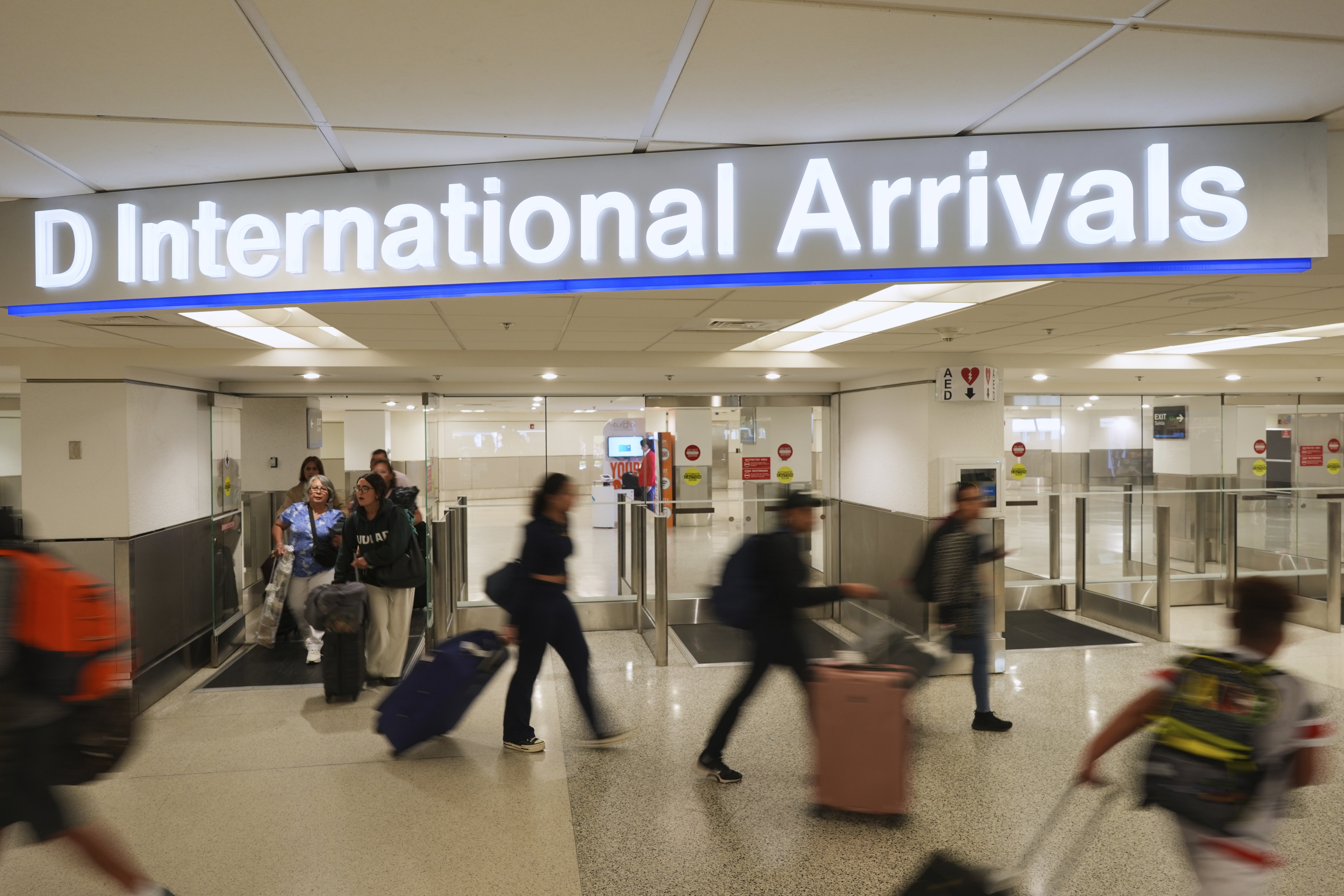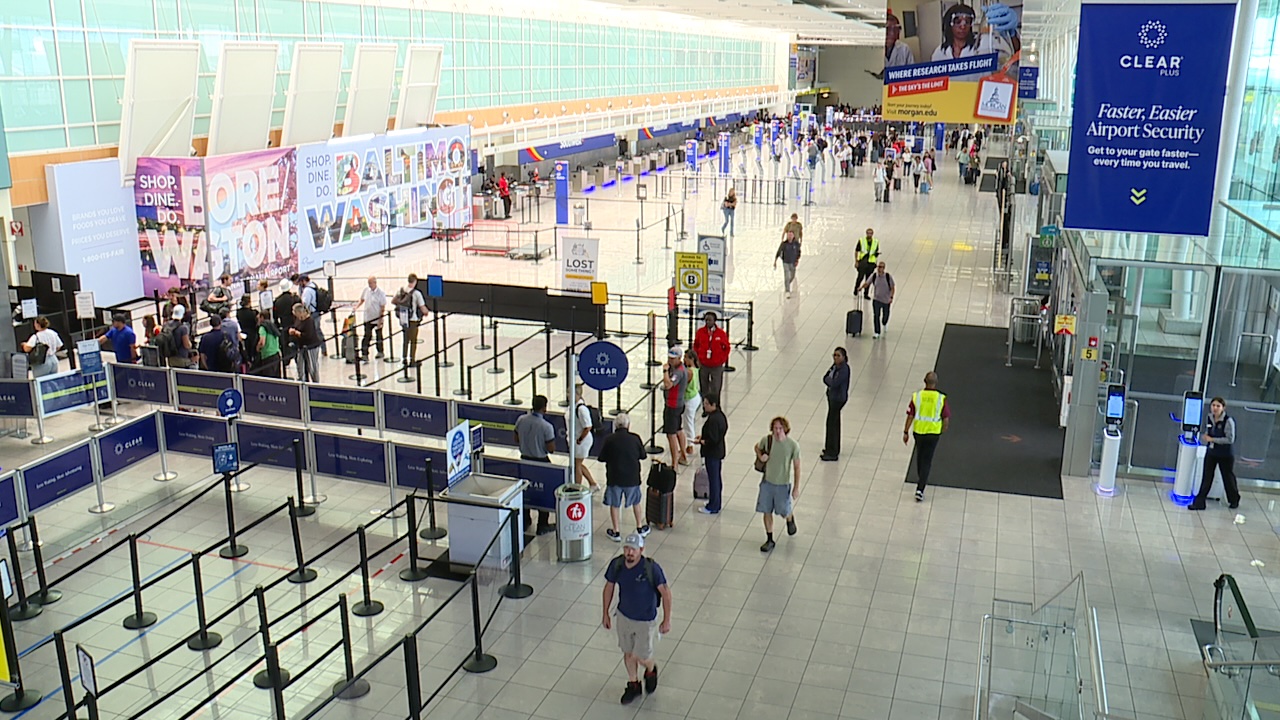Airline passengers who have long complained about tight, cramped seating on airplanes likely won't be getting relief anytime soon.
This week, a U.S. appeals court denied a petition that would have required the Federal Aviation Administration to mandate minimum seat size and spacing rules on airplanes.
The D.C. Circuit Court of Appeals said the advocacy group, FlyersRights, did not make a "clear and indisputable" argument that airline seats were "dangerously" small and new regulations are needed.
Therefore, the court said the FAA can't be forced to adopt minimum seating size requirements.
The group claimed small seats slow emergency evacuations and cause medical issues like blood clots.
In its decision, the court said, "although small seats can certainly cause soreness and stiffness, those conditions are not safety hazards."

DOT to help customers find airlines that offer free family seating
President Biden wants companies to get rid of "junk fees," which he says includes charging more for families to sit together on planes.
This isn't the first time FlyersRights has petitioned for more regulation of airplane seating size.
In 2015, the organization argued that airplane seats and legroom shrank over decades, while the average passenger got bigger, older and less able-bodied. The FAA ultimately denied the advocacy group's petition the following year.
Then in 2017, FlyersRights took the issue to court with the "Case of the Incredible Shrinking Airline Seat."
The court ruled that the FAA must provide better reasoning for rejecting the petition because the agency had relied on outdated tests and studies as reasons for denying it.
There are currently still no requirements from the FAA on minimum seat size or spacing.
However, under the Air Carrier Access Act, airlines must provide specific accommodations to passengers with disabilities. These include movable armrests, more legroom and an adjoined seat if you're traveling with someone who assists you.










